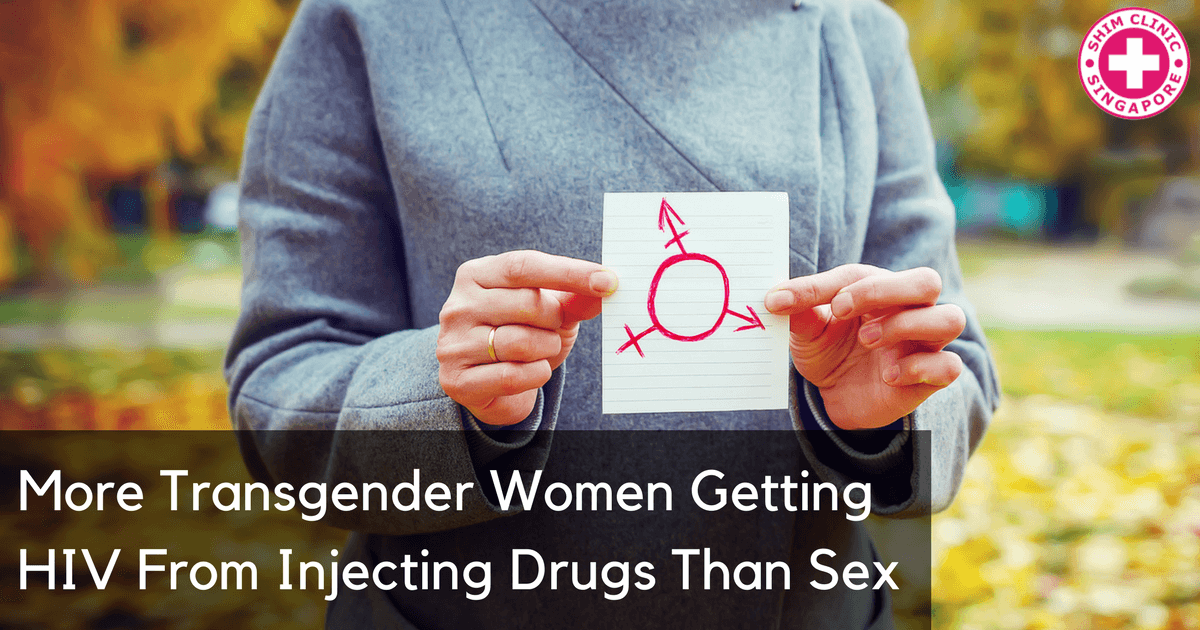Trans women are at the top of the results table when it comes to HIV prevalence. According to numbers reported globally, trans women are at the highest risk of HIV infection.
Currently, there are about 22% of trans women living with the HIV virus in the United States. This is compared to 15% of gay men living with the virus. Unfortunately, very little detail is available on the number transgender women there are, how they are getting infected with HIV, and who they are getting the virus from.
It’s only recently that researchers realised that they have been asking the wrong question leading to poor documentation of transgender women. By asking “are you a transgender woman?” very few women feel comfortable to answer “yes” affecting the statistics documented.
Luckily, researchers have realised the error and now ask two separate questions. The first is the gender assigned at birth, and second one is the gender one identifies with now.
By asking these two questions the researchers are then able to capture data from both women who identify as trans as well as those who prefer to be termed as non-binary.
The Study
Hong-Ha Truong, a researcher at the University of California, San Francisco recently did a study on the residents of San Francisco residents who were diagnosed with HIV between 2000 to 2015.
The researcher, managed to analyse viruses of 5200 residents in his study and found that 275 (5.2%) of these viruses belonged to transgender women.
He identified 563 phylogenetically-related cohorts. 70 of these also included at least one trans woman. Phylogenetically, cohorts includes pairs of viruses, however, in some cases some cohorts may also include several tens of people.
86 of the trans women were in pairs or cohorts. Truong and his colleagues categorised the 70 pairs or cohorts that had transgender women according to the HIV risk classification of the other person or persons in the cohort.
Partners of transgender women have always been classified as men who have sex with men (MSM). This is on the basis of the trans gender woman’s gender and on the assumption the route of virus transmission in most cases is anal sex.
Going by this classification, 54% of the pairs/cohorts that had transgender woman also included MSM/MSMs. 26% also included a person/persons who injected drugs while 47% included a person/persons who was an MSM and also took drugs by injection. Only one cohort included a heterosexual man who did not inject drugs.
Infections Caused More By Injecting Drugs
The researchers observed that most the HIV risk of infection for the transgender women came from sharing drug injecting equipment such as syringes.
When it came to the risk for the transgender partners, the researchers observed that both trans genders and their partners do not refer themselves as MSMs. They therefore, re-classified the partners as heterosexual men.
After the new classification a similar trend was observed where risk of HIV infection among partners of transgender women with higher risk coming from sharing drug injecting tools than sexual intercourse.
The researchers said that they would conduct another similar study targeting men who are partners of trans women to ascertain the real reason why more MSM men are recording higher HIV rates than heterosexual men.

